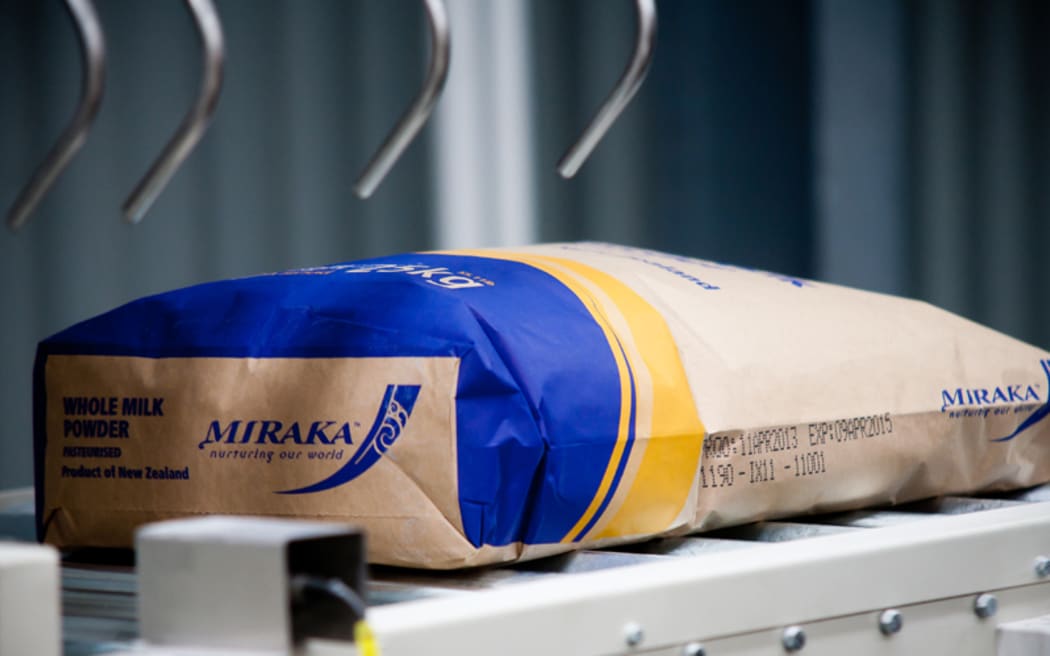Instead of burning coal or gas to make milk powder, one New Zealand Company is using geothermal steam.
Miraka emits 94 percent less carbon compared to similar dairy driers in New Zealand. They use geothermal energy to power the factory in Mokai, just north of Taupō.
It was formed by Māori trusts Tuaropaki and Wairarapa Moana.

Photo: miraka.co.nz
The company walk and talk tikanga Māori principles, says chief executive Karl Gradon told Jesse Mulligan.
“Kaitiakitanga is at the heart of everything we do. And, you know, we like to believe that we're leading the way in a humble way, globally.”
Making milk powder is energy intensive, he says.
“Because of the amount of heat that you need, it's either coal or gas, or a combination of both. So obviously, the emissions reduction is directly related to not burning coal, or not burning natural gas.”
Being located where they are offers abundant clean energy, he says.
“You bring the steam out, you clean it, and then you run it to heat your dryers. And obviously a lot of heat is required to remove water from milk and basically, it's that latent heat that comes directly out of the ground that allows us to power our plant.”
The use of geothermal energy is part and parcel of the kaitiakitanga principles on which the company is founded, he says.
“It's part of our DNA, it's who we are, we are whanau and we extend that to our suppliers as well. It's only 100 suppliers so therefore we can have that intimate relationship with them, and they buy into the way we're doing things, as much as the great premiums that we managed to extract for them on the global marketplace.”
It is an approach that gives them differentiation in the market, he says.
“We’ve had 100 farms for 100 years, that resonates, especially with the Asian customer base that we have, because we take that long-term view, intergenerational view.
“We work alongside our customers to understand how they're going to use our product, and how we can collaborate to further reduce our emissions across the value chain.
“So, we work in a completely different way. And because we are small, we're able to forge deep, meaningful relationships with the people we operate with.”
The company’s structure is such that its suppliers are also shareholders, he says.
“Those small shareholders are represented on the board and we've got a great governance structure, which brings in the Māori leadership from our community here, and we’re quite proud of it.
“We've got the best of both worlds some of the world's leading exponents of dairy technology and marketing on our board alongside our Māori trust and it works extremely well.”
A commercial greenhouse next door to them, which is heated by geothermal, benefits from the steam once it’s been used in the milk plant, he says.
“We take our latent steam once we've used it and taken all the heat out of it, we pump our steam across the road, and it goes down to the Tuaropaki greenhouse.”
The steam contains CO2 which promotes plant growth, he says and waste from the milk plant and the green waste from the greenhouses is processed in a worm farm which is then used for a nursery, he says.
“Those native trees then get replanted back into our farms, our community.
“It's a beautiful closed system and it is world-leading in the circular economy.”

